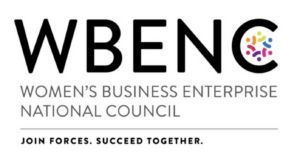
1. Include Joy, Connection, Interest, Curiosity, Motivation.
In my latest course, Turning C’s to A’s and Keeping A’s as A’s, I facilitate exercises to identify what they desire from their learning experiences. When they want to do something, the way they work is always less painful and it is usually accompanied by joy and interest.
If you want to get your child to feel this way about learning, just ask them, “How could you find joy/interest/motivation to learn this?”
“Have you ever found any joy/interest/motivation to do this or something like it?”
“Is there a world we live in where you would find joy/interest/motivation to learn this?”
“So, we have to learn this (it’s non-negotiable), but HOW we learn it is totally negotiable. How could we learn it with joy/interest/motivation – it’s up to you how we think about this or do this – you get to decide!”
Keep probing until you find something!
2. Boost Lagging Skills
If your child can do something, they will do it! If they don’t want to do something, it is usually because they don’t know how to do it.
I cannot tell you how many times I have worked with a student who should have spent time truly learning to read, write or understand arithmetic and numbers. As work gets increasingly more difficult over the years it is crucial to have strong skills.
3. Organize
Disorganization is a challenge for healthy learning. It comes in many forms – in the way a teacher teaches the material, in the way information to study is laid out, in the way we store the things we need to learn.
When there is chaos, it is hard to learn. Spend the time to organize in a way that works for THE LEARNER (not the parent or adult) and learning will improve.
4. Communicate Clearly
Too often an expectation is not met because of a miscommunication. Students need very clear messaging to know how to proceed – and this does not mean they need spoon-feeding. They just need to understand the words used. The clearer we can be with communication, the better for learners.
5. Leave Space for Individuality
Learning is not a one-size-fits-all process, nor would we want it to be so. Life is enriched by diversity and variation. We hope you can leave room for your student to share perspectives, insights, stories, and solutions.
If you are worried about leaving too much for your child to decide, use “negotiable and non-negotiable” as a strategy.
Non-negotiable is that you need to complete this studying by the end of the night.
Negotiable is how you get that done!
I also love to ask students the “is there a world we live in that would allow you to…”
This prompt fosters some really awesome imagination and solutions that are specific to the child and their own brain.
This is the very best of learning work!
Let me know how all is going: mary@evolvededucationcompany.com.


